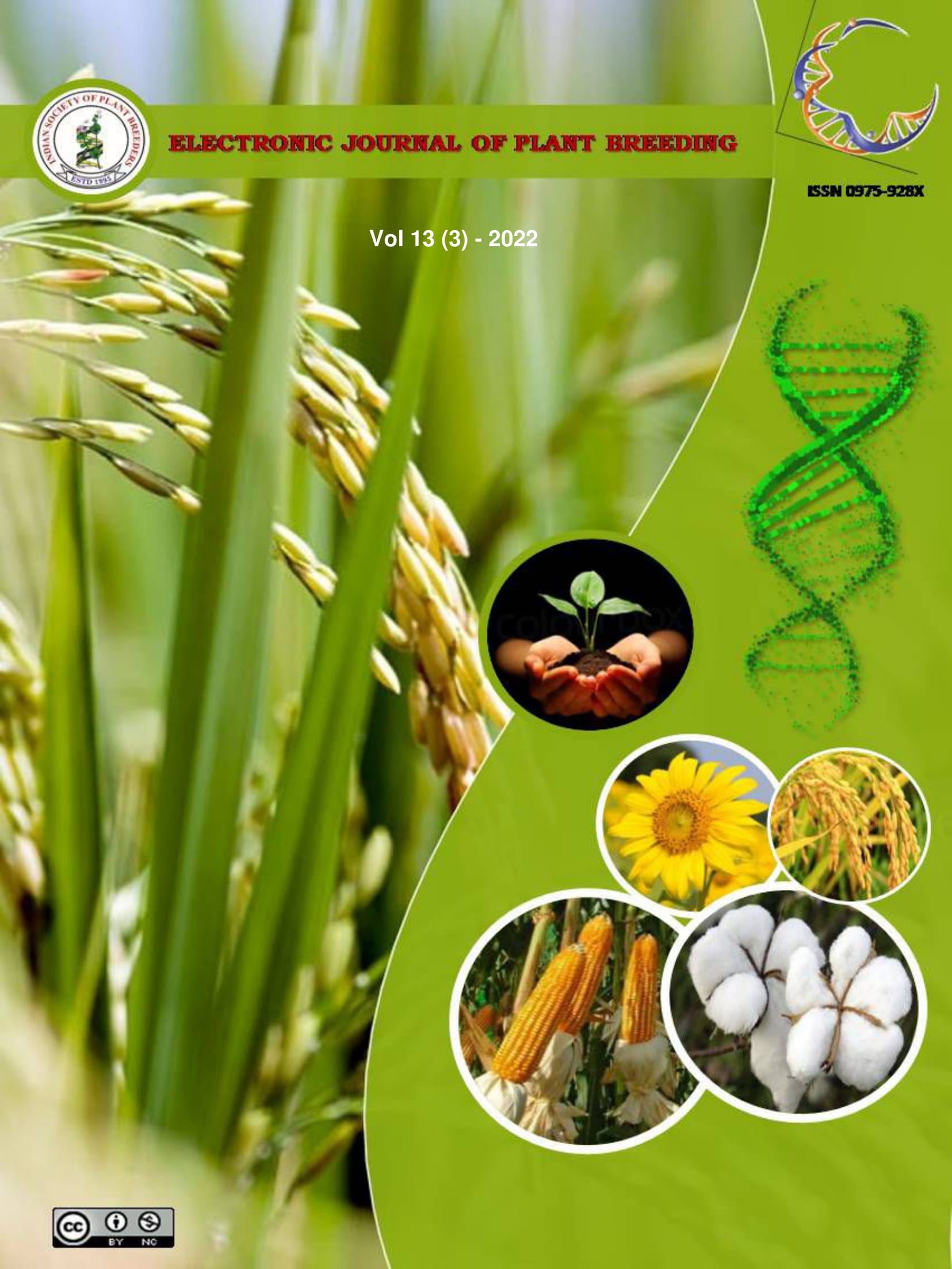Analysis of genetic variability and correlation for yield and its attributing traits in F2 population of rice (Oryza sativa L.)
Abstract
For designing of the breeding programme, analysis of genetic variability and character correlation is crucial in crop improvement. The aim of this experiment was to estimate genetic variability parameters and trait association for 13 quantitative traits which were measured in F2 segregating populations of six crosses containing nine parents. All the F2 populations showed significant GCV and PCV values for productive tillers per plant, grains per panicle, grain yield per plant and straw yield per plant, indicating that these traits may be improved through selection. Plant height, productive tillers per plant, grains per panicle, grain yield per plant and straw yield per plant showed high heritability coupled with high genetic advance, indicating that these traits were controlled by additive gene action and have a good chance of improvement through pure line selection. Grain yield per plant exhibited a strong positive correlation with plant height, panicle length, grains per panicle, straw yield per plant, productive tillers per plant and harvest index in all the six F2 segregating populations. The F2 population of the cross GR 17 × NVSR 2740 demonstrated that more GCV and PCV, high heritability with high genetic advance for the majority of the traits which can be improved by selection.

